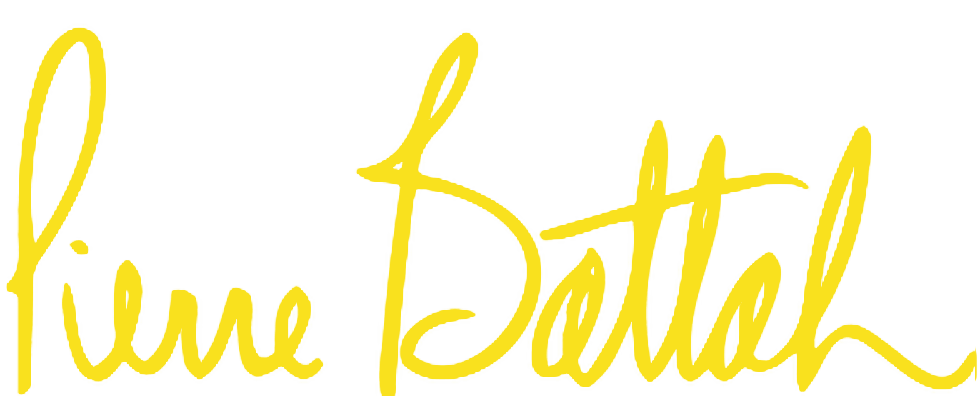Why Unconscious Bias Matters
Danielle, an experienced and effective hiring manager in a very competitive sector, realized that her employee selection process had been flawed. As she was preparing to conduct performance reviews, it dawned on her that the bulk of her team could be described as book smart, quiet, and mostly all graduated from the same high school and university. She realized that her team members were very much like her. For several years, she has let her affinity bias sway her towards candidates who reminded her of herself.
Until she looked at the entire group, she would have simply said that she had hired several people she liked, who were well-qualified, and would get along well. She was correct; however, it was becoming increasingly clear that she was cloning herself. The lack of diversity and similarity of approach and background could be hurting her department in innovating and making progress.
Unconscious or hidden bias is part of the human condition. From an early age, we develop biases that historically and genetically served us to determine whether the stranger in front of us could pose a danger to us or not. According to noted Princeton University researcher Susan Fisk, "people easily categorize other people, especially based on race, gender, age, and class. Going beyond such categories, to learn about the person requires motivation." We are predisposed to bias, and in the employment context having the wherewithal to recognize our conscious and unconscious biases and do what it takes to regulate them is what differentiates those who clone themselves in the workplace from those who complement themselves by hiring diverse and complementary teams.
A 2015 report from the highly-acclaimed McKinsey Group titled "Why Diversity Matters" clearly quantified that gender-diverse companies are 15% more likely to outperform the median in their sector while ethnically diverse companies are 35% more likely to outperform. This recent data adds to an abundance of evidence to support that diverse teams are more successful, effective, and bring greater value to their employer.
Of course, affinity bias is not the only stereotyping that happens in hiring and promoting people. When managers consciously or unconsciously act upon their bias with regards to gender, height, weight, age, marital or parental status, accents, education or personality traits, and the list goes on and on; they do themselves, their teams, their employers and ultimately their customers, a great disservice.
Having a bias is very different from being motivated to act upon that bias. Understandably well-intentioned leaders and employers take the required steps to minimize unconscious or conscious bias's impact on their hiring and promotion decisions. Here are a few of my favourites:
Recognize that unconscious bias is a thing and act
In 2013 the Royal Bank of Canada worked with staff, managers, and executives to heighten awareness around bias and how it impacted hiring and promotion decisions. Many employers ensure this conversation is ongoing within their management ranks and their HR departments. Ultimately acknowledging our own biases and how it colours our people decisions can be helped along by employers but in the end, I believe it is a very individual act of self-awareness and empathy.
Render the hiring process as objectively as possible
Recognizing that it is still a primarily human exercise prone to bias and judgment. Things like gender-neutral job postings, numerically-based candidate rating schemes to complement "gut feeling" when scoring resumes, interviews and references should be considered—having several steps in the hiring and promotion process and multiple individuals involved are some of the measures that have proven highly successful.
Removing the names from resumes and replacing them with numbers at the earliest stages of resume screening
This has been proven in study after study to dramatically change how the very same qualifications are perceived. Many employers now follow the practice. Using highly objective computerized screening tools as part of applicant tracking systems based on keywords and skill matching as offered by HR technology firms has also proven to be increasingly cost-effective and excellent at neutralizing bias at the front end of the hiring process.
Resisting the urge to be unduly swayed by the highly problematic practice of "checking out" candidates via social media
While social media has become a necessary part of an employer's recruitment strategy in getting the word out and sourcing candidates, it remains highly dubious to assess suitability. Such practices are not only questionable in several ways; they are ripe for your conscious and unconscious bias to get in the way of sourcing qualified candidates. Time-proven, reliable, not to mention increasingly inexpensive assessment tools such as psychometric testing and thorough background checks completed by third parties offer valid and legal ways to support hiring and promotion decisions.
There was no malice in her acting on her implicit bias in Danielle's case. Unlike others, she was not openly discriminating against a specific group or trait but was unaware that her bias was quietly influencing her decisions. She has since made a conscious effort to be aware of her stereotypes and biases and substantially adjusted her process accordingly. I, too, have learned to acknowledge and work with my bias…that left-handed, glasses-wearing Montreal Canadiens fans are all really lovely people! Go Habs.
